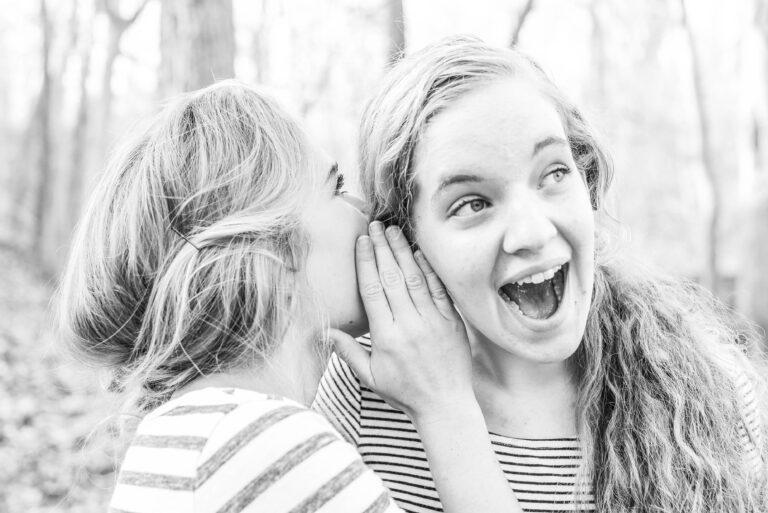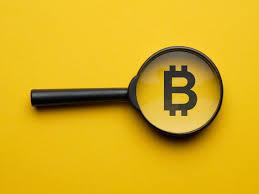Are people talking about your event? Are they sharing it with friends, family and colleagues?
If not, you could be losing out on organic ticket sales that are generated from the viral effect of people sharing your event on social media.
In fact, we’ve previously found that every social share is worth an incremental £3.18, so it’s well worth your time to improve the shareability of your events.
Which leads to the question…
Why do some events get shared more than others?
Artios, a firm of content marketing consultants in London, used social media data to help us answer that question.
We asked their data scientist, Andreas Voniatis to analyse over 11,000 events on Eventbrite in the UK and see what he could find.
Here are some of the things he found that do – and don’t – affect how shareable your events are.
Emotion
Probably the strongest indicator of whether or not an event will garner lots of social shares is the language it uses, and how emotive that language is.
This finding supports previous research conducted to see why certain marketing campaigns go viral, which also found that engaging emotions are key to success.
In particular, charity events and those linked to causes were significantly more likely to be shared than other events (averaging over 300 more shares per event); as were political events where emotion usually runs high.
Our research has also found that – much like the Fractl study and Harvard Business Review write-up referenced above – overall negative sentiments will tend to lead to a decrease in social sharing. The conclusion? Keep it positive people!
Descriptive titles
We also found that longer titles tend to lead to high social sharing activity, with events that have titles 10 words or longer getting an average of 80 shares more per event than those with less than 10 words.
This is most likely due to the event offering a more descriptive title that lends itself to sharing without the need for additional context being added.
Of course, this effect is not guaranteed, but this is what the data across 11,000 events points to.
Interestingly, being wordy in the main body of the event description didn’t necessarily help with increased social virality, and in fact the data showed the opposite, with the shorter the description of the event, the more likely it is to be shared. Having an event description of under 100 words is particularly beneficial to increasing the number of shares.
This may be because shorter descriptions make it easier to understand the event, and grab the attention better.
However, we also believe that part of this effect is because very big events tend to have their own website. Often for these events the descriptor is very short, or is a link to the main website.
The conclusion? Make your event name descriptive so it’s easy for people to know what it is about, even from a tweet, and keep your main event description short, sweet and to the point…unless you don’t have any other web presence in which case you may need to include more info there.
Picture social success
‘A picture is worth a thousands words’ is a well-known expression, but is it worth a 1000 (or more) shares?
While instinct would say images are an important way of increasing the number of shares, the data is a little less clear.
Overall, events with an image in their event listing had a higher share rate than those that don’t, but it wasn’t strongly correlated or seen as a predictive factor.
However there is ample supporting evidence from other studies on the importance of images for social sharing to indicate that using one probably won’t hurt, and at best, it could encourage people to share your event.
The conclusion? Having a killer image isn’t a silver bullet that will guarantee your event social success, but people love good pictures so it makes sense to include one rather than not.
Any day with a ‘y’ in it
There are often reports out that claiming that ‘X day is the best day to publish a new post; or Y time definitely when you should tweet for maximum engagement’ and so were eager to see if any such evidence existing for when you should publish your event.
We’re excited to say we did find that evidence, and the best day to publish your event is any day with a ‘y’ in it!
That’s right, it really doesn’t matter what day you make your event live, so long as people can find it and share it, they will do so whether it’s a Sunday evening or a Monday morning.
The conclusion? Stop waiting, start publishing!
What does this mean for your event?
Whilst the results of the analysis may be somewhat surprising (or not), we have learned that having an event that uses emotional language – particularly something that appeals to a charitable cause – can increase your average organic social amplification by as much as an extra 300 shares on social media on average.
If adding a charitable angle to your event just doesn’t work, then you just need to remember that sticking with positive sentiments will generally have you heading in the right direction for social success.
Keeping your titles descriptive, and your main descriptions succinct, should help too if you want to play the percentages and get more social media shares on average.
We believe using an image thumbnail works even if the statistics are inconclusive.
And if you’re waiting for the perfect day to publish your event…don’t! Get it live otherwise you’re just missing out on people learning about it, sharing it and booking tickets to it.





